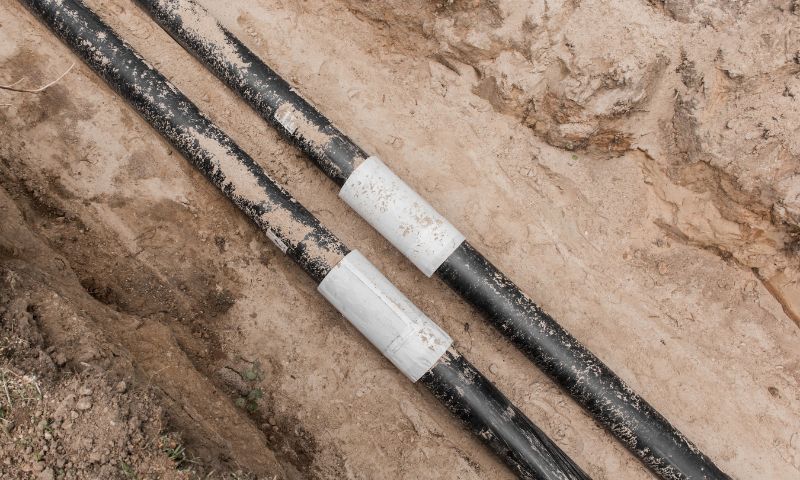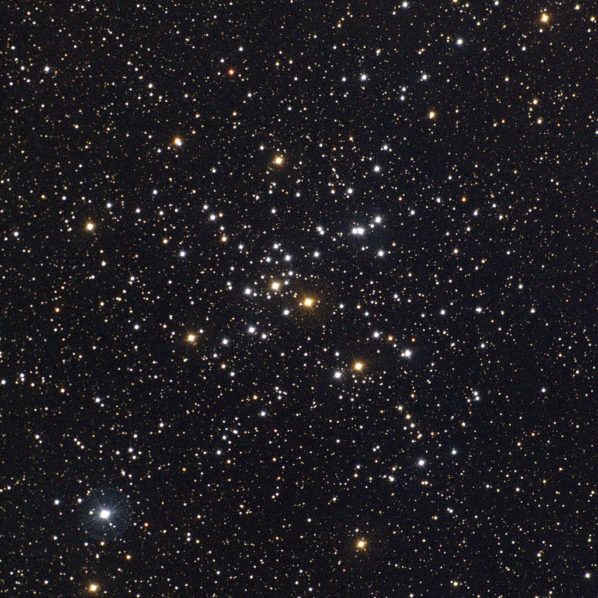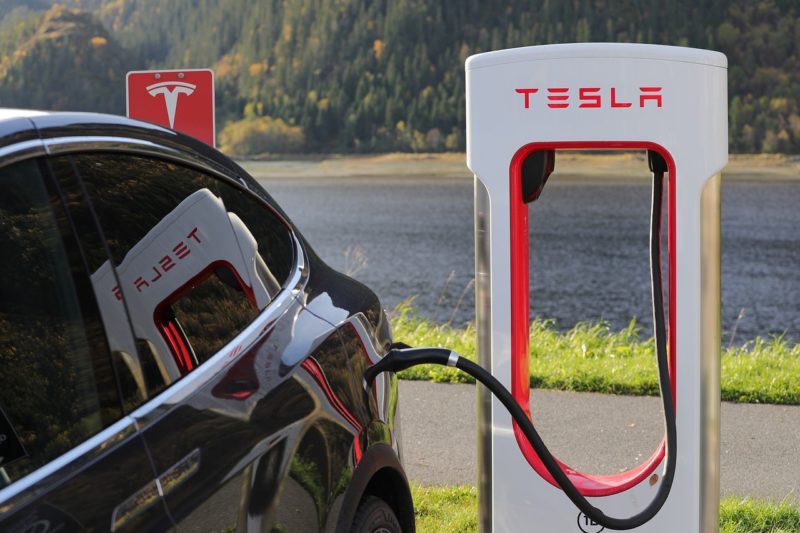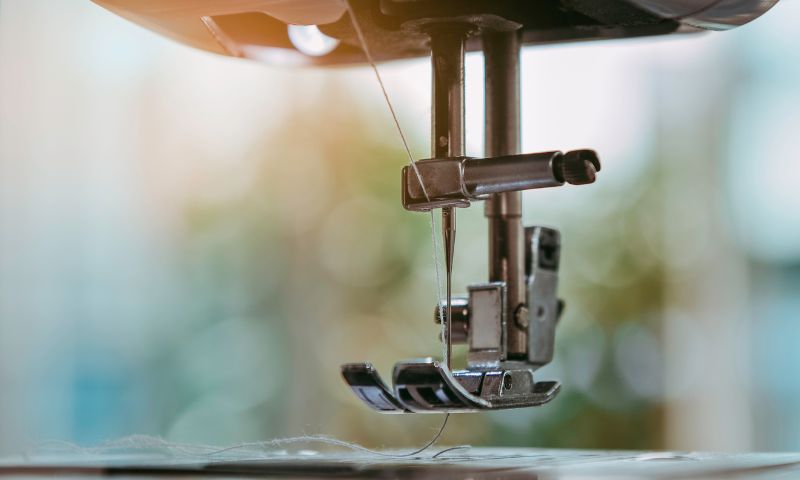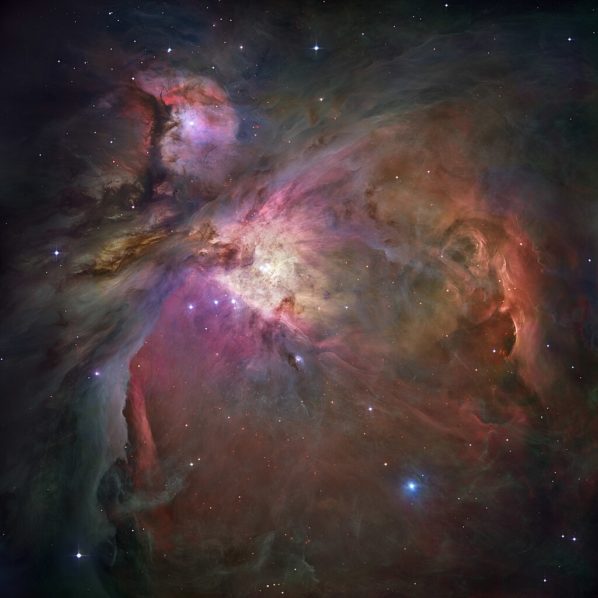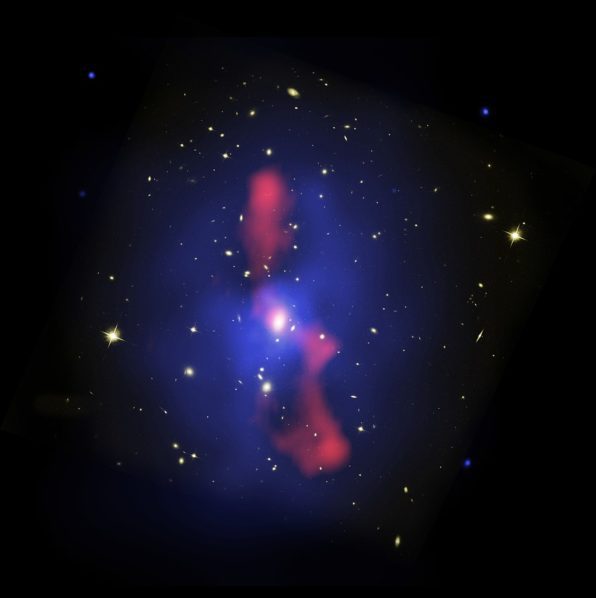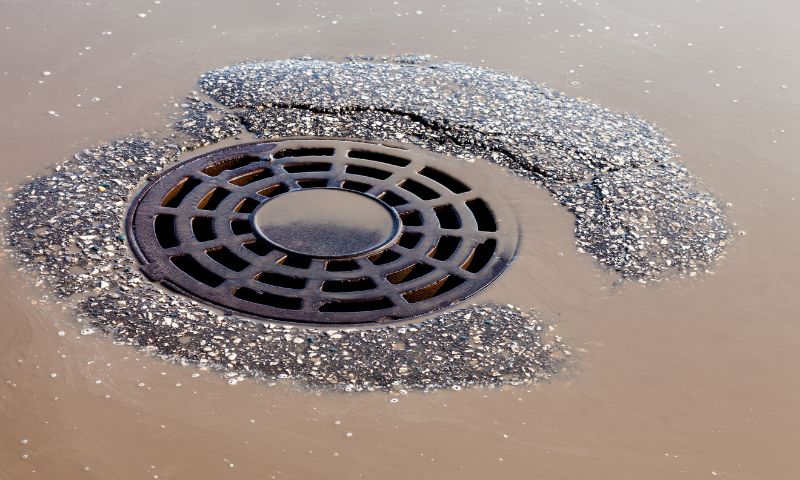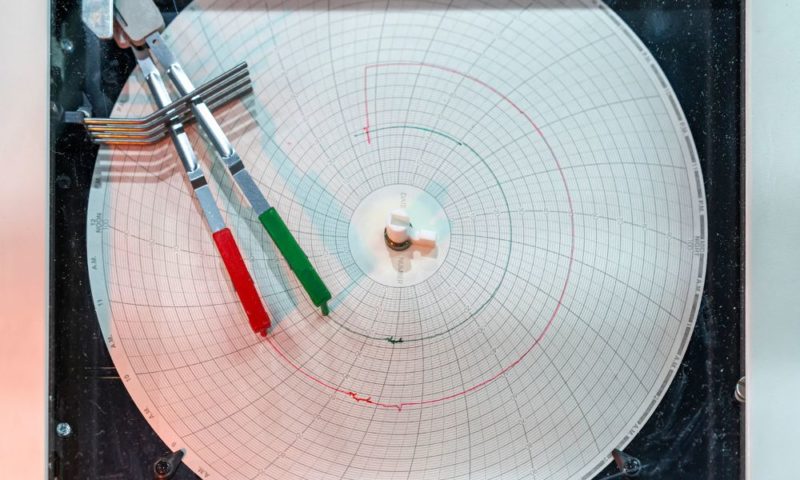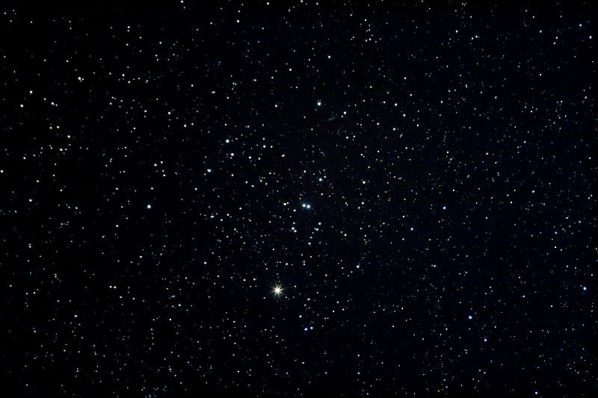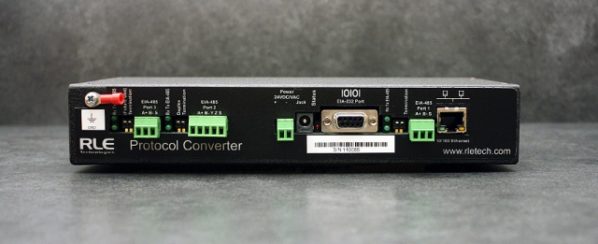How To Prepare Your Salon for the New Year 2024
Is your salon ready for the year ahead? These tips will help you prepare for 2024 and beyond so you stay ahead of trends and impress clients.
Types of Stone Cladding on House Walls
Transform your home's exterior with stone cladding on walls. Explore options like limestone, granite, sandstone for timeless beauty and durability.
How to Hire a Perfect Team for a Coffee Shop
Hire the best coffee shop employees by emphasizing meaningful work and fostering teamwork. Build a unique atmosphere with the perfect team.
Causes of Sewer Odors in Commercial Buildings
Uncover common causes of sewer odors that can plague commercial buildings. Learn solutions for dry P-traps, damaged sewer lines, and faulty backflow preventers.
Stargazing Calendar for January 2024
Explore the celestial wonders of stargazing this January 2024, featuring a breathtaking lineup of events. From meteor shower peaks and planetary conjunctions to the enchanting ascent of clusters like the Little Beehive, dive into a month of awe-inspiring astronomical marvels that illuminate the night sky.
Are Electric Cars the Future?
Find out why electric cars are the future of transportation, delving into their sustainability, cost-efficiency, sleek designs, and ongoing innovations.
Astronomy vs. Cosmology: Key Differences and Similarities
Explore the distinctions and connections between astronomy vs. cosmology. Discover how these disciplines study celestial objects and the universe, unraveling the mysteries of the cosmos.
Sustainable Practices in the Oil and Gas Industry
The oil and gas industry is altering its practices to be more sustainable. Here are some ways in which technology and research revolutionize this sector!
The Most Common Uses for Aluminum Extrusions
Want to learn more about aluminum extrusions and all the ways they are useful? Explore the common uses of aluminum extrusions and how they benefit your project.
Signs It’s Time To Upgrade Your Sewing Machine
Wondering if it's time for an upgrade? Read on to learn the telltale signs that you need to consider an upgrade and get a new sewing machine.
How Technology Will Benefit Your Wedding
Technology can transform your wedding with live streams, 3D elements, drones, GIF booths, wishlists, electronic invites, and photo editing.
Stargazing Calendar for December 2023
Explore the celestial wonders of December 2023 with meteor showers, planetary alignments, and cosmic events that paint the night sky. Discover the grandeur and beauty of astronomical phenomena in this captivating journey through the stars.
5 Types of Neglected Infrastructure That Can Cause Disaster
Iconic bridges symbolize many cities. But bridges and other structures don’t last forever. Here are 5 types of neglected infrastructure that can cause disaster.
Galaxy Cluster MS0735 – Three Telescopes Show a Very Different Picture
Unveiling the Mysteries of Galaxy Cluster MS0735: Explore the enigmatic cluster through optical, X-ray, and radio lenses, revealing the colossal scale of a supermassive black hole's impact and the intricate dance of forces within this captivating galactic cluster.
How Cities Prepare and Respond to Natural Disasters
Cities can't avoid natural disasters, but they can effectively prepare. Learn about the planned disaster response that urban areas regularly practice.
4 Reasons Why Chart Recorders Are Better Than Data Loggers
Recording data is only possible with a reliable system in place. Learn about the four reasons why chart recorders are better than using data loggers.
Stargazing Calendar for November 2023
November 2023 brings celestial spectacles: meteor showers, planetary oppositions, and captivating conjunctions. Don't miss these cosmic events!
What Is a Protocol Converter and How to Choose One
A protocol converter is a program or device which converts from one protocol to another so as to permit systems or devices to achieve interoperability.
The Importance of Road Construction in Society
Road construction plays a more crucial role than one would think. Here’s the importance of road construction and its significant impact on society.
Rock Your Outfits: How to Style High-Waisted Jeans Like a Fashion Pro!
Elevate your style with high-waisted jeans. From polished blouses to cozy layers, they offer endless options. Dress up with heels or go casual with sneakers!




